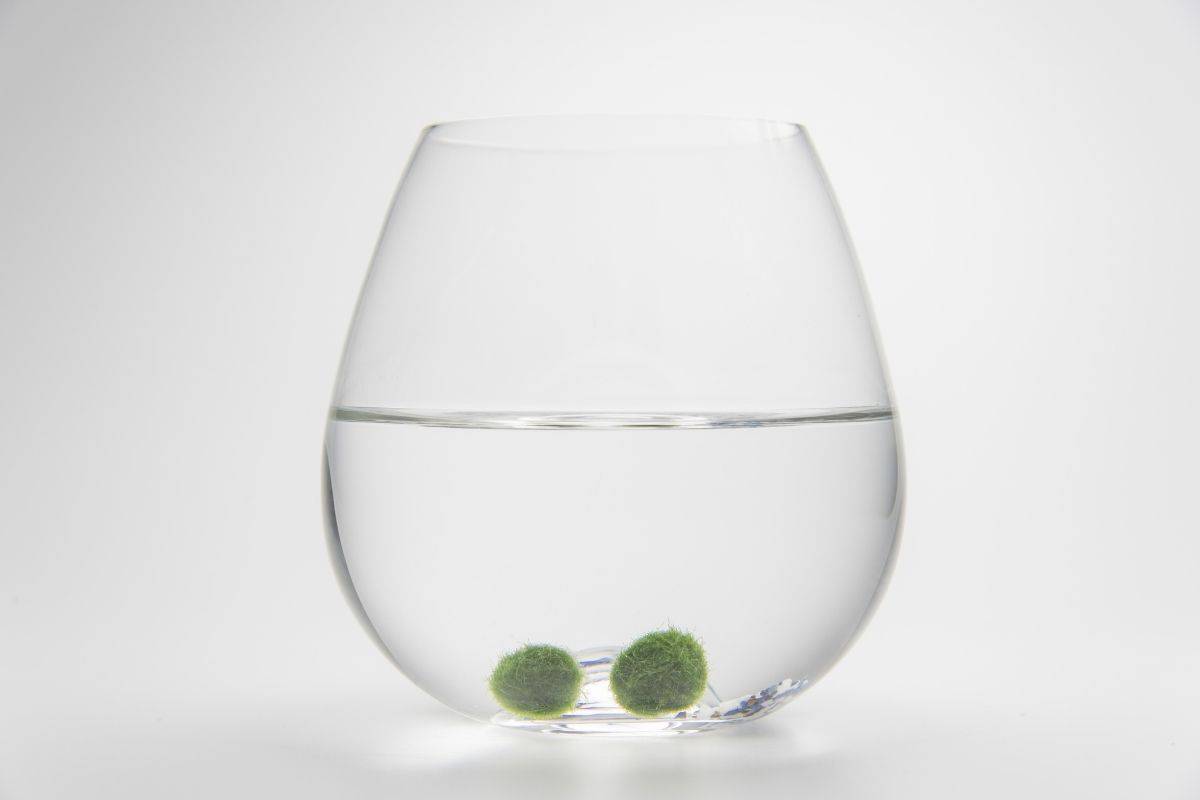
Do Moss Balls Need Light? The Ultimate Question!
Read more
How to age terracotta pots with moss
Read more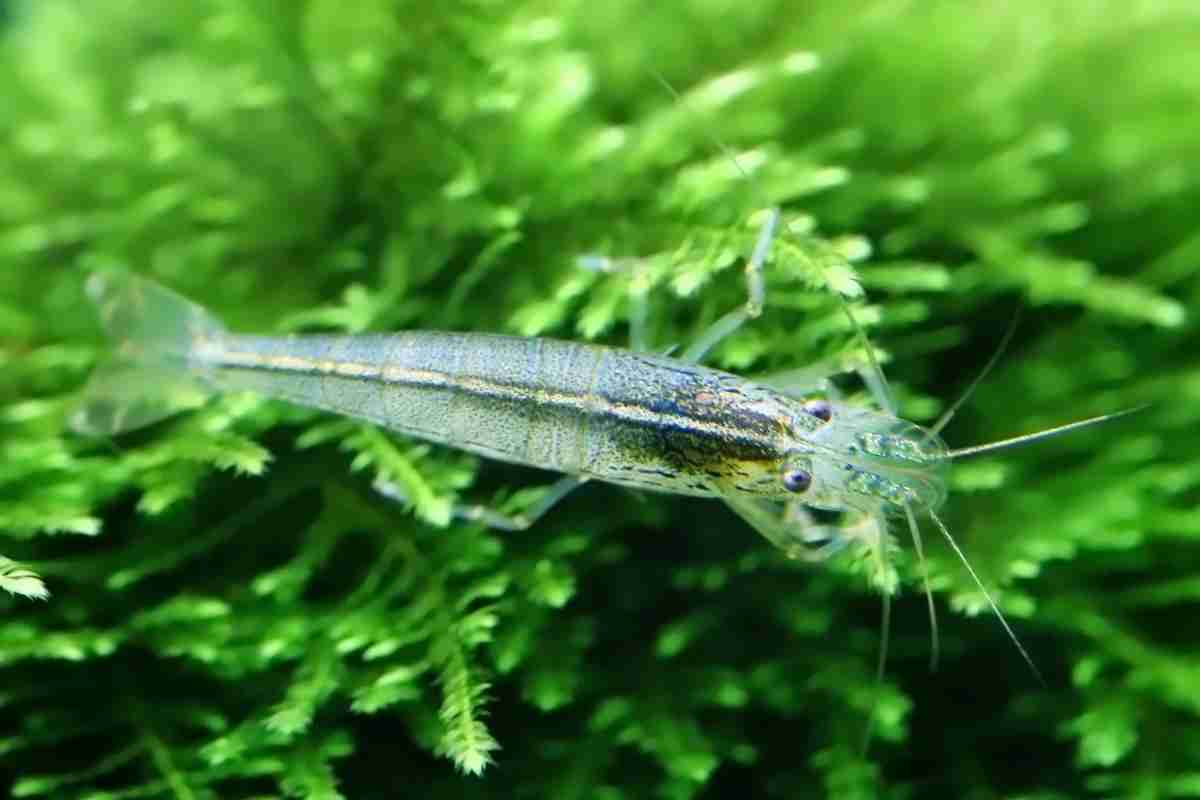
Can Java Moss Grow (Emersed) Out Of Water?
Read more
Is Moss Really Poisonous? The Toxic Myth Uncovered: Safe to Touch or Dangerous?
Read more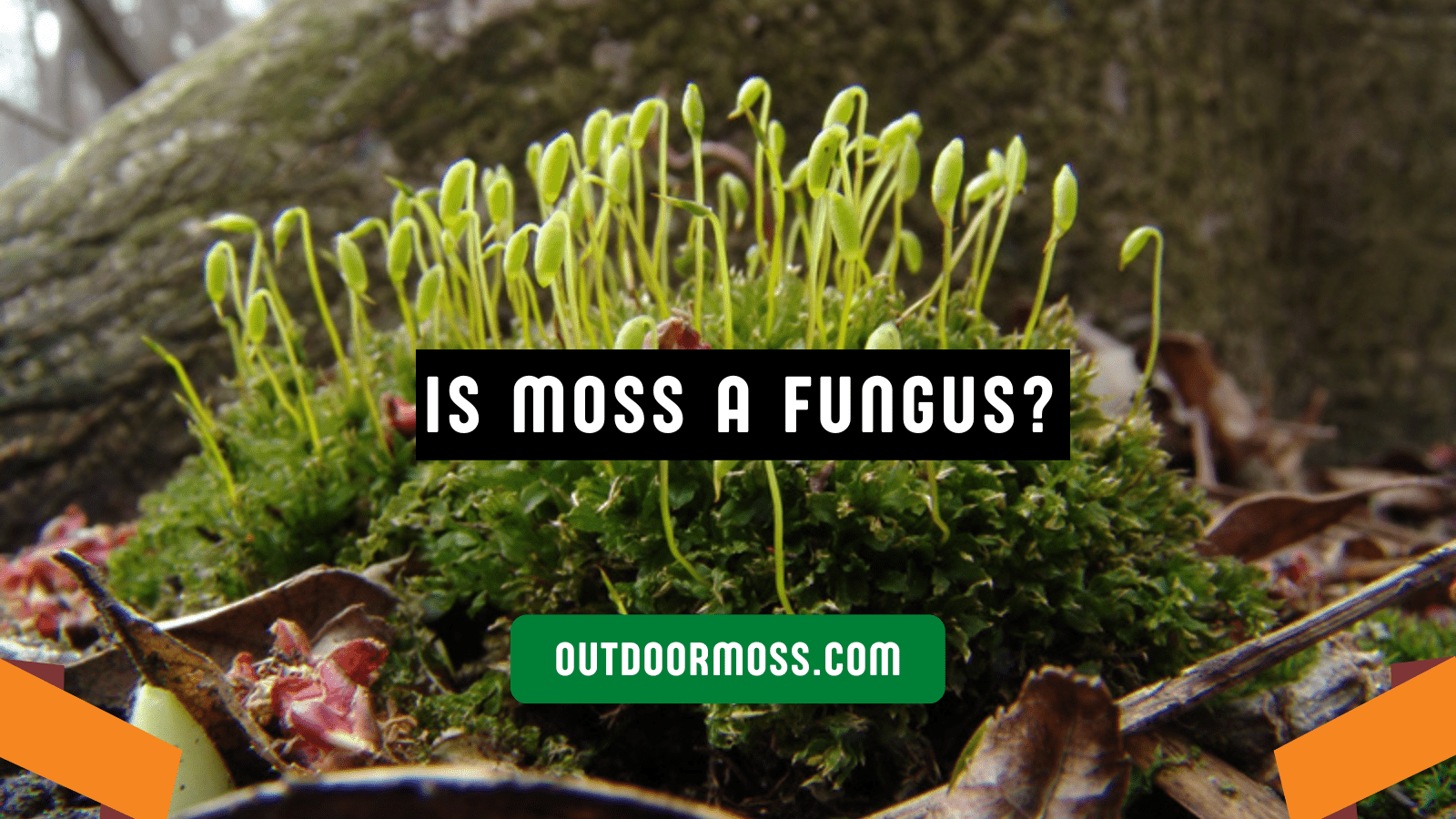
Moss vs. Fungus: Exploring the Differences and Why It Matters!
Read more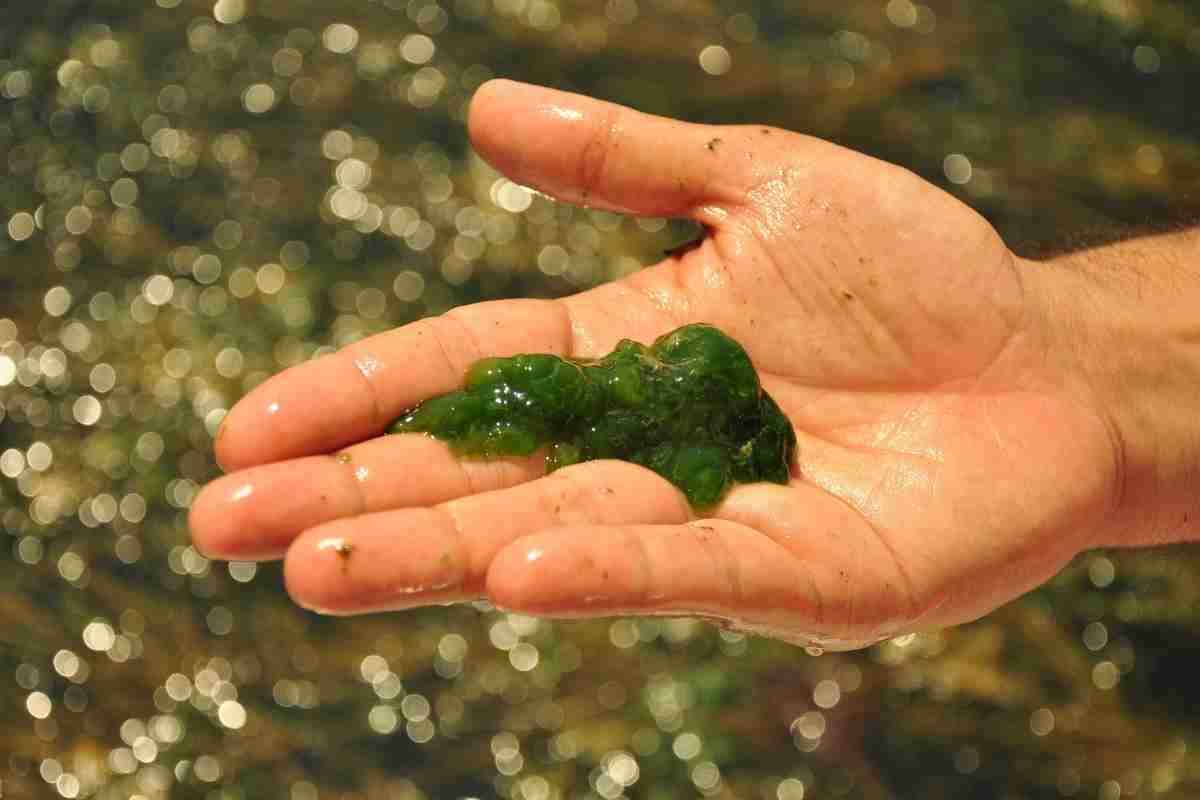
How Fast Does Algae Grow? Growth Rate Factors!
Read more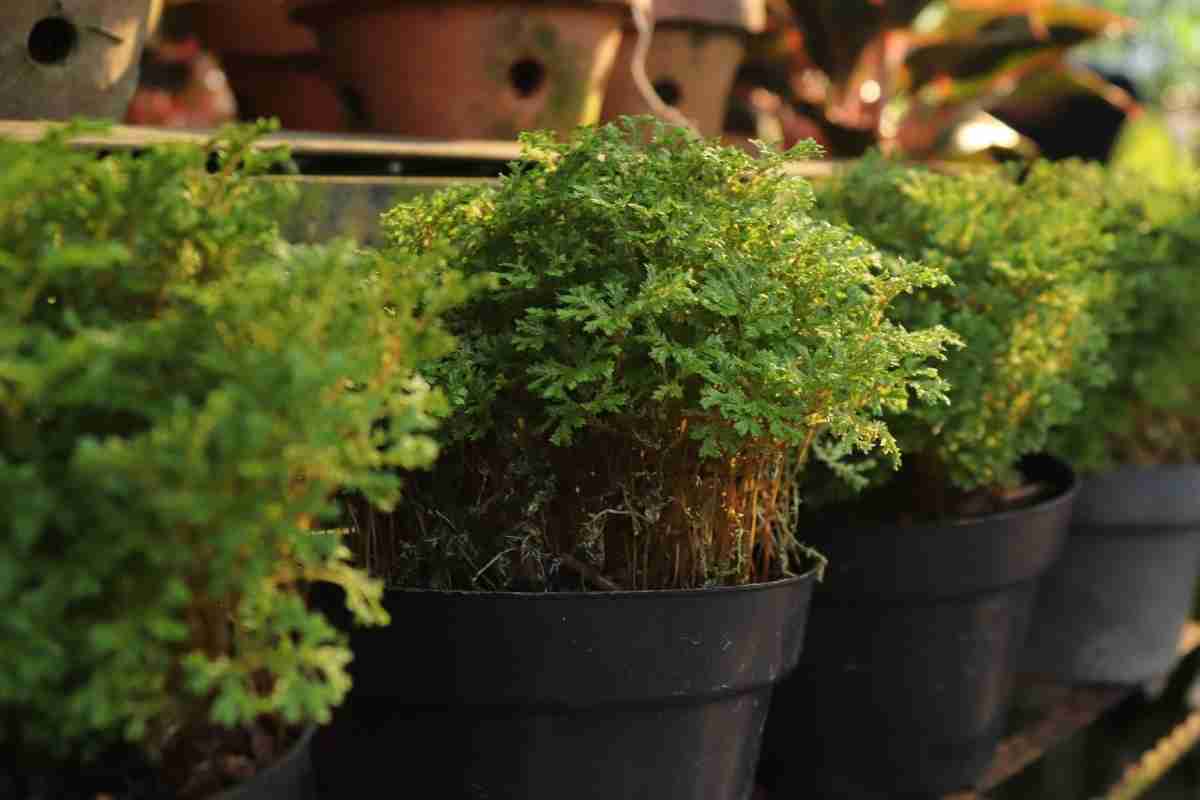
Is Moss Good For Plants? (Indoor & Outdoor Plants)
Read more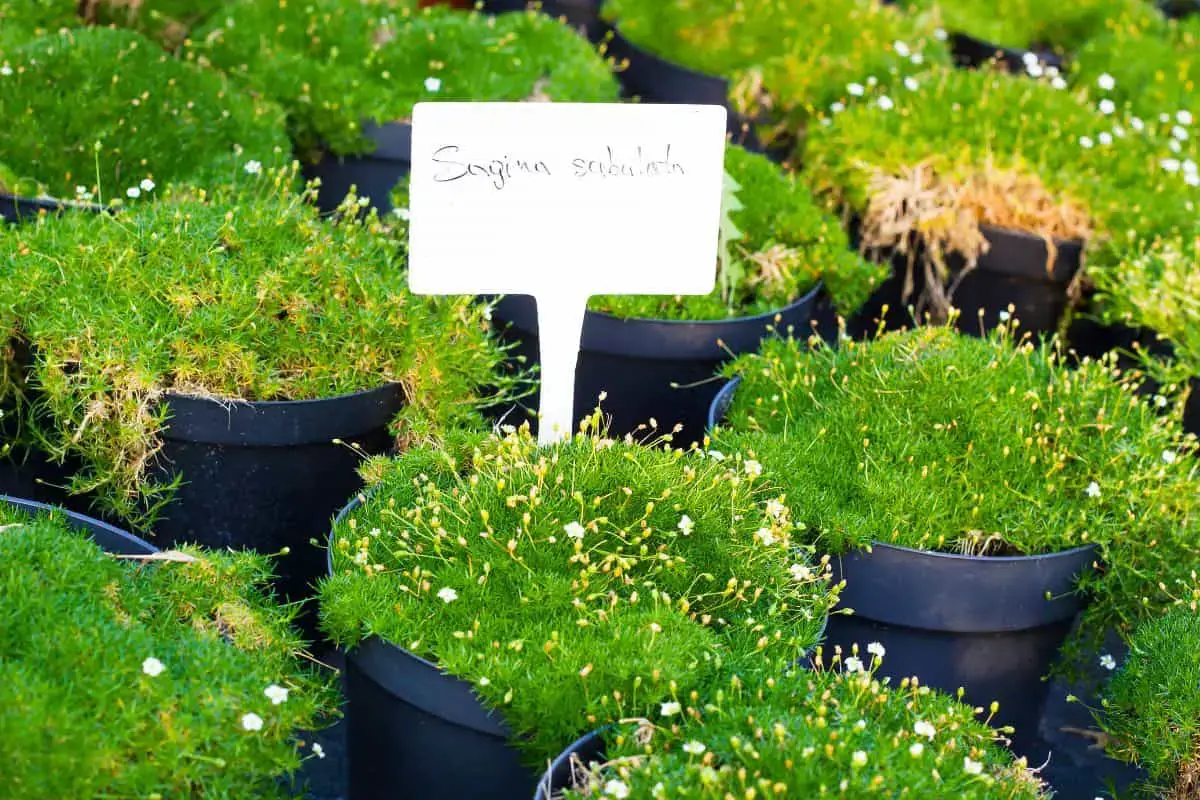
How To Grow Irish Moss Between Pavers?
Read more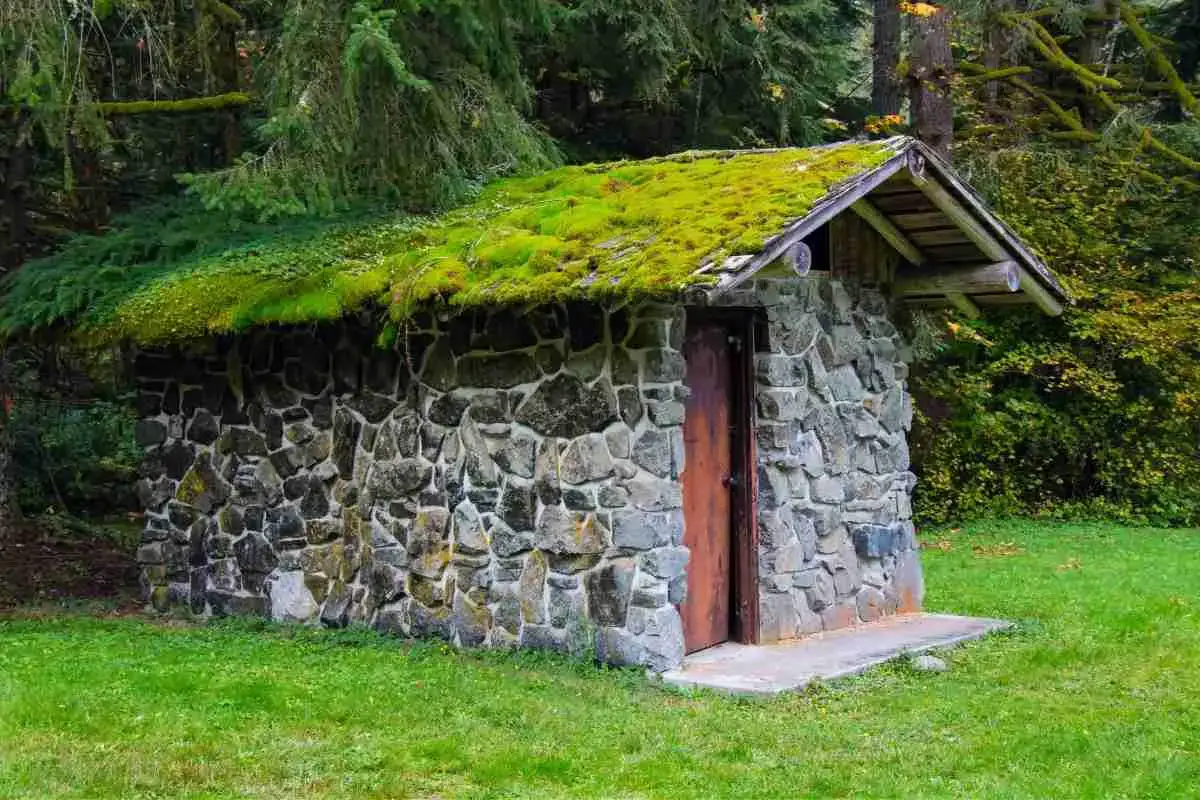
Does Moss (Have And Use) Roots To Grow?
Read more
How to Grow Moss with Yogurt? Step By Step Guide!
Read more
Supporting Your Monstera: The Best Moss Poles for Your Climbing Plants
Read more